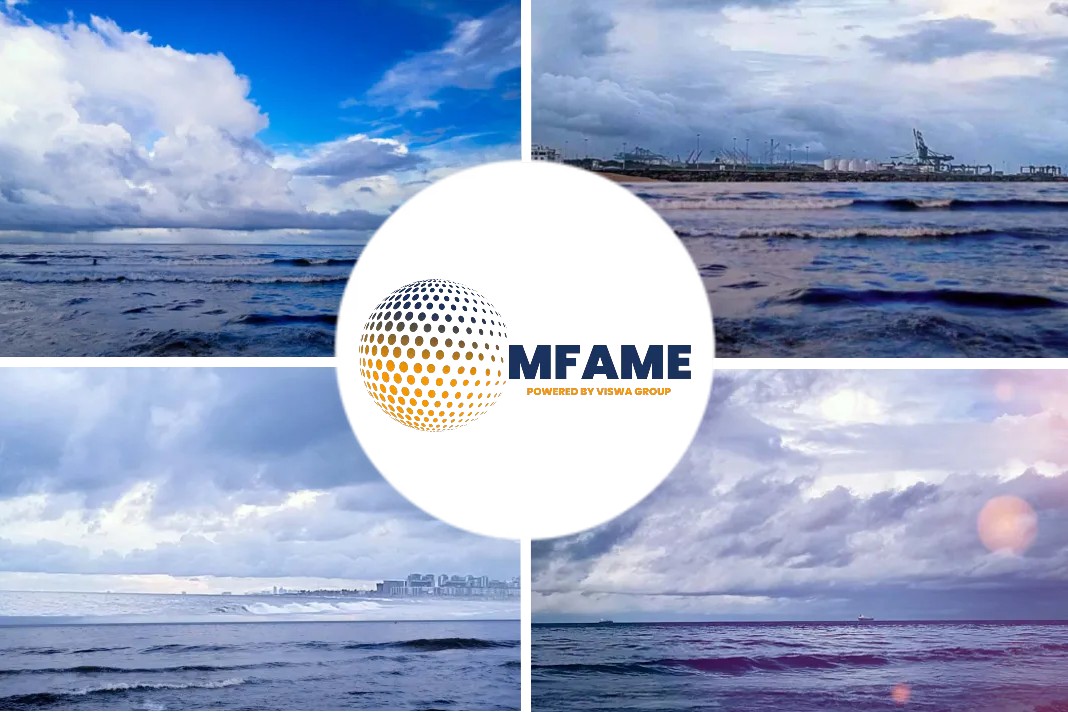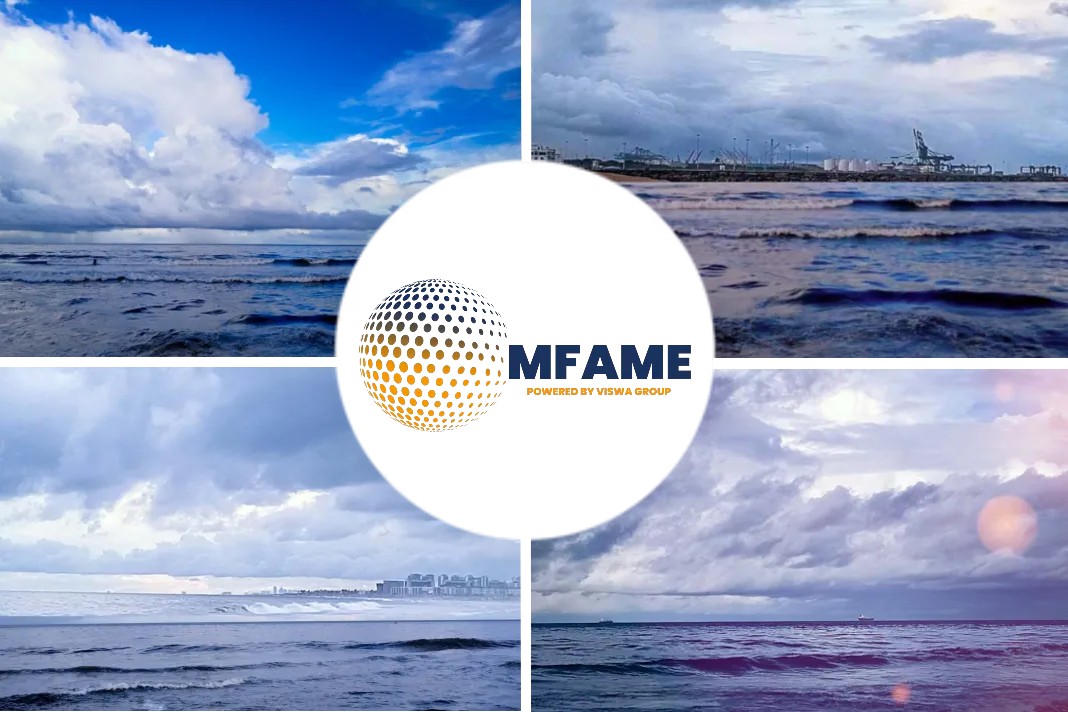WinGD (Winterthur Gas & Diesel Ltd.) has introduced three new low-speed, two-stroke engines that are capable of operating on low emission fuels in response to the growing demand for more efficient and reliable marine propulsion, says an article published on their website.
Right option for ship owners?
Building on the proven WinGD technology the new additions to the portfolio; X40DF, X82D and X82DF engines, will provide a wider variety of compliant choices to the ship owner.
“Our industry is calling for greener-shipping and the success of our low-pressure dual-fuel X-DF portfolio is evidence that ship owners are looking for sustainability and efficiency from their propulsion system.”
“Growing our portfolio of engines ensures that ship owners have the right options to feel confident in their investment.” Klaus Heim, CEO WinGD
X40DF Engine for Smaller Vessels
The new X40DF in it’s standard configuration, is designed to run on LNG, offering the first two-stroke dual-fuel engine for smaller vessels. The X40DF, low-pressure, dual-fuel engine is available in 5 to 8 cylinder configuration, covering a power range from 2,775 kW to 7,480 kW, at 104 to 146 rpm.
As the engine is already compliant with all existing emission regulations, including IMO Tier III, the entire support system is reduced due to the absence of the need for any exhaust-gas after-treatment system.
WinGD has created an engine that is not only the “greenest” configuration but also economical, setting a new standard where the right choice for the environment doesn’t require the ship owner to compromise on CAPEX.
X82-D Engine for Larger Vessels
For larger vessels WinGD’s new X82-D engine is Dual Fuel (DF) ready, with the ability to upgrade to operation with LNG, fulfilling requirements for gas-ready notations from Classification Societies.
The cylinder distance has been reduced to 1440mm from 1505mm, compared to the previous X82-B version in the WinGD portfolio. The brake specific fuel consumption (BSFC) has also been reduced depending of the rating point and the tuning variant chosen. The X82-D engine offers enhanced propulsion options within the VLCC, VLOC and Panamax container vessel segments.
Offered within WinGD’s Generation-X engine portfolio, the X82-D engine sits amongst engines known for high thermal efficiency, low fuel consumption, high reliability and prolonged periods between overhauls (TBO). The X82-D engine will be available from 6 to 9 cylinders, covering a power output from 16,560 kW at 58 rpm to 49,500 kW at 84 rpm.
Key benefits of the X82-D include reduced engine length and weight, due to shorter cylinder distance with adapted bearing, and structural design for uncompromised reliability. The engine offers a wear resistant ICU MK-III with simpler overhaul concept and the WiCE (WinGD Integrated Control Electronics) engine control system with more functionalities supporting prolonged overhaul periods. All cylinder configurations are possible with a one piece crankshaft design further reducing engine length and with pistons fitted with two piston rings for reduced friction losses. The X82-D has also been designed with optimized liner design to avoid cold-corrosion occurring within the cylinder.
Fuel savings amounting to 1170 USD/day (2.6 ton/day consumption at assumed HFO cost of 450 USD/ton) can be achieved for a VLCC running and X82-D engine at 90% engine power. This is achieved as a result of an increased firing pressure facilitating the significant fuel savings for vessels using the 7X82-D engine compared with its predecessor engine, the 7X82-B.
X82DF Dual-Fuel Engine
Allowing for the same enhanced propulsion options as the X82-D for larger vessels, the new X82DF is the latest offering in WinGD’s low-pressure X-DF dual-fuel engine portfolio. The engine dimensions are based on that of the X82-D diesel engine design but follows the Otto-cycle combustion principle in which gas and air are premixed at the right air-to-fuel ratio.
The X82DF engine has an integrated gas pressure regulation unit (iGPR), replacing the standalone GVU. The pre-chamber technology and the advanced design of the low-pressure gas admission valves offers a high level of combustion stability and reduced emissions. The X82DF NOX emissions produced are below that of the IMO Tier-III level in gas mode without complex and costly exhaust gas after-treatment. As a result of the low amount of pilot fuel required (<0.5%) at 75% engine load, low particle and SOx emissions are also achieved.
The low-pressure gas components of the engine allow for simple operation, maintenance and overhaul, and ensure maximum safety, as well as lower CAPEX and auxiliary power demand.
“Providing choices with the technology solutions that our customers need to take them confidently into the future means designing engines that are efficient, reliable, safe and compliant. Combined with our new, advanced engine control system, WiCE, the flexibility and responsiveness of our engines offers the control needed for optimizing a vessel’s efficiency,” states Dominik Schneiter, V.P Research & Development at WinGD
“The uncertainty of the IMO’s Global Sulphur Cap 2020 caused a dip in new build orders early in 2018. However, vessel newbuilding order uptake is once again on the rise and the introduction of these engines further strengthens WinGD’s position in the market. As the marine industry’s leading low-speed gas engine developer, WinGD sees evidence that ship owners are ready to move forward.” Schneiter concluded.
Since the launch of the X-DF engine series in 2013, the technology has proven reliable and efficient through over 230,000 running hours on 212 engines in operation and/or on order.
Did you subscribe to our daily newsletter?
It’s Free! Click here to Subscribe!
Source: Wingd















